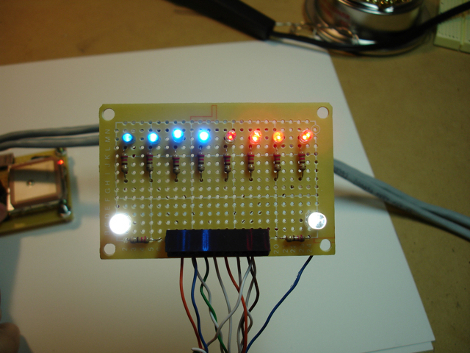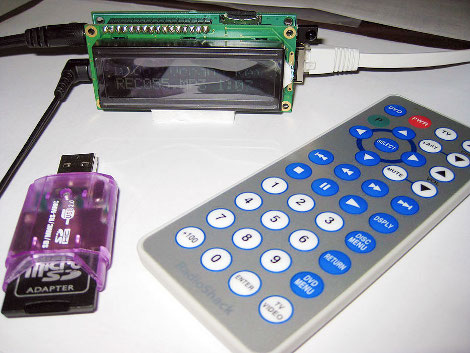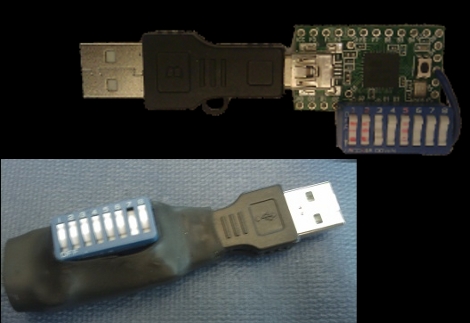[youtube=http://www.youtube.com/watch?v=3nHX-66PGN0]
Here’s a solenoid motor you can build from a VCR head and some common components. It uses an LED and a light sensor, paired with an LM311 comparator to manage the switching of the motor. As the head turns, the LED shines on the sensor through a hole and triggers a TIP120 transistor to turn on the motor during the power stroke. Once the beam of light is broken, the transistor turns off the motor and the momentum carries it through its revolution until the next power stroke is activated.
We often say that “why” is the wrong question. [Bd5940] must feel the same way because he ends the video by saying: “it has no use, but definitely a conversation piece”. Yep, we’ve seen that before.
[Thanks James]















